The scurfy twiglet, Tubaria furfuracea (Pers.) Gillet.
Synonyms
Agaricus furfuraceus Pers.
Syn. meth. fung. (Göttingen) 2: 454 (1801)
Naucoria furfuracea (Pers.) P. Kumm.
Führ. Pilzk. (Zwickau): 77 (1871)
Common name
Scurfy twiglet
Description
Cap: 1-4 cm diameter, convex at first, becoming flattened or centrally depressed; tan to cinnamon and striate from margin inwards when moist, drying pale buff and slightly scurfy.
Stem: 2-5 cm tall, 2-4 mm diameter, more or less concolorous with the cap; base covered in white mycelia; flesh thin and fragile.
Taste and smell: not distinctive.
Gills: broad, distant, adnate to subdecurrent.
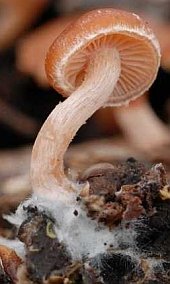
Spores: elliptical with rounded apex, 6-8.5 x 4-6 µm.
Spore print: pale ochre.
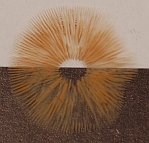
Habitat: found in groups or troops on twigs and woody debris all year, usually autumn to early winter; common.
Edibility: inedible.
This species closely resembles T. hiemalis. They may be distinguished microscopically – in T. furfuracea the cystidia are clavate, in T. hiemalis capitate.
Medicinal properties
Polysaccharides extracted from the mycelial culture of T. furfuracea and administered intraperitoneally into white mice at a dosage of 300 mg/kg inhibited the growth of Sarcoma 180 and Ehrlich solid cancers by 80% and 90%, respectively (Ohtsuka et al., 1973).
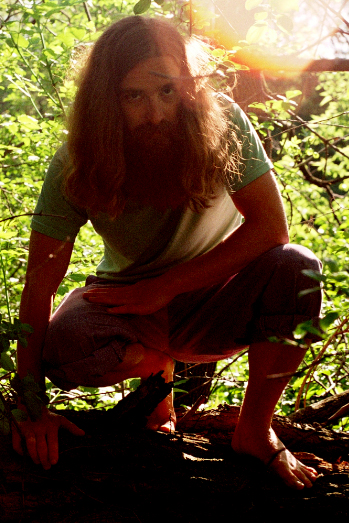
My name is Austin Collins.
I've dedicated my life to Mushrooms.
I believe Mushrooms are the best kept secret when it comes to health and well being.
For that reason, I would like to share a company with you that in my opinion makes the best mushroom products on the market.
The company is called Noomadic Herbals, my favorite supplement they make is called "Mushroom Total".
I take their products every day and they have helped me think better and have more energy. Give them a try.
-Austin
Links
California Fungi
Fungi of Poland
References
Ohtsuka S, Ueno S, Yoshikumi C, Hirose F, Ohmura Y, Wada T, Fujii T, Takahashi E.
Polysaccharides having an anticarcinogenic effect and a method of producing them from species of Basidiomycetes.
UK Patent 1331513, 26 September 1973.

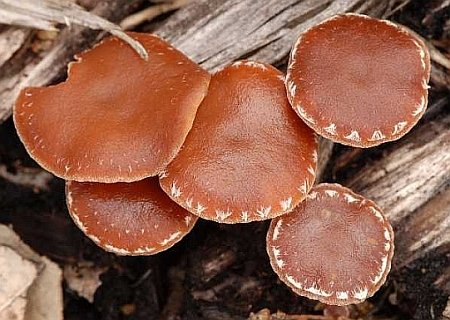
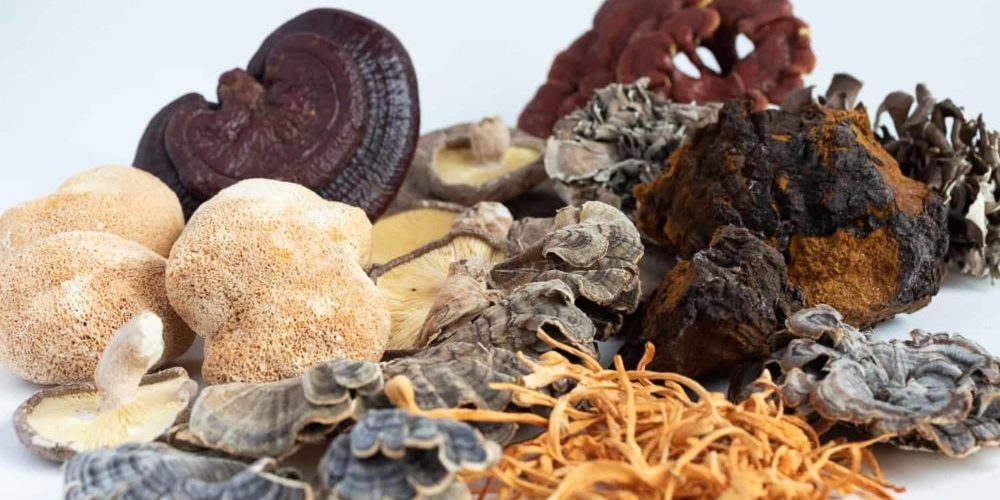
Hi. I am starting to educate myself on fungi. I have always been fascinated with them and take photos when ever I find them in the woods. I am at a point where I’ve decoded I want to actually know how to id them…
I found some growing in mulch in northwest Ohio yesterday . Imelne said they may be tubaria furfuracia but does this species grow in north west Ohio? And , how do you make aspire print? I attempted this last night and the mushroom caps dried up but left no print. 🙁
Thanks for any help.
Blessings,
Lysa
After 10 possibilities..I’ve narrowed it down to this tubaria furfuracea, growing on my wood chips by my deck..spore print is exact color, the cap round when baby, bell shape in teen, then depresses down in older, and flips up just slightly, white hairy base that attaches to wood chip, Brown nipple on older ones, seems to have a light brown ring at edge on cap. Hollow stem, stem is also equal and seems bare.. it very hard to see if gills attach to stem , but they do , some of them. Also picked and examined in November in michigan
Awesome Jacob, you should share a picture with us!
In Michigan as well SW part. Have Tubaria furfuracea a.k.a Scurfy Twiglet . I find them in one of several locations I set up for mushrooms to grow both edibles and non . I have pet tortoises who live indoors this time of year. But their outside pen is a mushroom paradise. My question is though non-edible for us is it at all toxic if any pop up in there pen? It’s a huge 600sqft forested pen so I get a variety of mushroom and always like to keep who is whom for animal safety. Thanks
I see no place to post a photo sorry. But I have a positive ID for Tubaria furfuracea
Hi Eddie,
It’s really impossible to say if it’s poisonous for your tortoises. That is a really niche question!